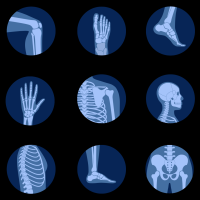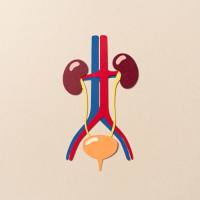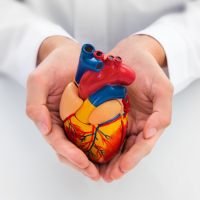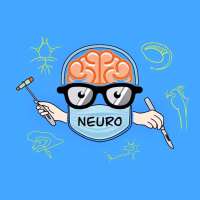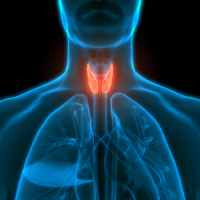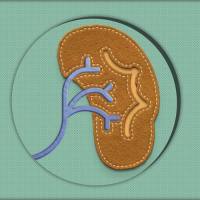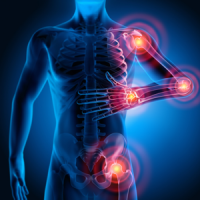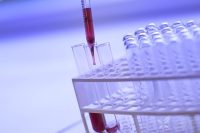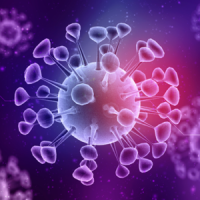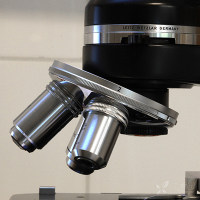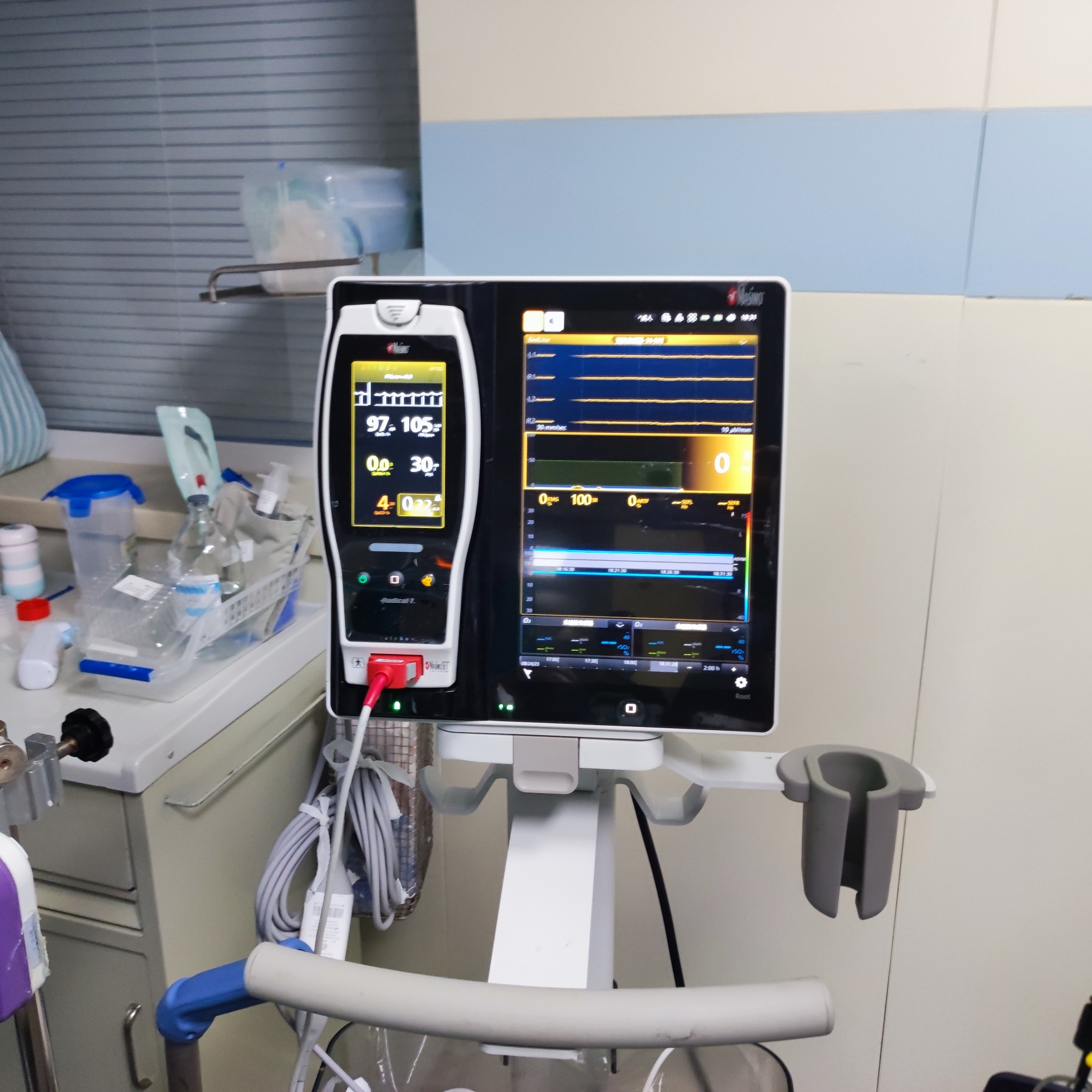【共享】脓毒症与DIC
2014-10-13 循证医学方法组 急诊医学资讯

脓毒症与DIC
概述
严重脓毒症是ICU内的重要致死因素,在美国脓毒症是第十位死亡因素,每年有750000到900000例脓毒症患者。脓毒症全球的死亡率在30-40%之间,合并脓毒症休克时甚至会高至50%[1]。在脓毒症中,炎症反应和凝血系统是相互作用、互相促进的,常常伴有凝血功能亢进、纤溶抑制、以及凝血因子的消耗,造成机体呈现高凝状态和微循环的纤维沉积,最终形成弥漫性血管内凝血(DIC),进而导致低灌注,以及随后的多器官功能不全和死亡。国外很多文献均报道了脓毒症患者一旦发生了DIC,死亡率将会显著增加[2-4]。Bakhttiariet al.[5]指出伴有DIC的脓毒症患者死亡率为45%,而不伴有DIC的重症脓毒症患者死亡率仅为25%。

诊断
目前国内采用的是1999年第七届全国血栓与止血学术会议制定的DIC诊断标准。2001年国际血栓与止血协会(ISTH)颁布了明显DIC诊断标准。日本急诊协会在2005年在卫生福利部(JMHW)制定的标准基础上进行修订,制定了JAAM评分。随后对ISTH和JAAM评分进行了多中心的前瞻性对比研究,认为JAAM的敏感性更高,下表为JAAM和ISTH评分以及两者之间的区别。



治疗
脓毒症与败血症为DIC的首要病因。但并非每一例脓毒症患者均会出现DIC。正常情况下,微血管体系可调节炎症,降低宿主对外来微生物的防御反应,使反应不至于过激。但在严重脓毒症时,由于其毒素引起单核/巨噬细胞产生的细胞因子释放,后者与血浆因子(凝血因子、补体蛋白)及血液成分(白细胞)共同作用于微血管内皮,从而使微血管体系的保护功能受到抑制或毁坏[3]。对DIC进行有效的干预可以明显的改善重症脓毒症患者的预后[19, 20]。
rhAPC
在PROWESS试验中纳入了1690位严重脓毒症患者,并且得出使用重组活化蛋白C (rhAPC)组的死亡率显著低于对照组(24.4% VS30.8%)[6],并且得到了拯救脓毒症运动国际指南委员会的推荐。然而,之后不断有研究证实rhAPC在儿童以及重症脓毒症但病情尚轻的患者中是无效的,因此在2008年的拯救脓毒症运动国际指南中将rhAPC推荐等级进行下调[7, 8],可是在2011年的一项研究(PROWESS-SHOCK)中指出rhAPC对于脓毒症休克患者的死亡率是没有改善的,因此取消了拯救脓毒症运动国际指南中所有关于rhAPC的推荐意见[9]。生产商主动召回了市场上的rhAPC。但是在随后的一项大样本回顾性研究和一项meta分析中都证实了rhAPC是可以降低死亡率的,而且即使将PROWESS-SHOCK研究加入,仍然可以提高生存率。但是已经无法挽回召回的rhAPC,虽然meta分析的结果完全是可以被随后的大型RCT研究所推翻,但是仅仅根据一项RCT研究就将rhAPC一棒子打死是不合理的。而且我相信在一定程度上,观察性研究要比RCT研究更有符合临床,因为它没有RCT研究的条条框框,更加接地气。
抗凝血酶
另外一种抗凝血物质是抗凝血酶,在试验中已经证实可以纠正微循环障碍,但对于重症脓毒症患者,一项大型的RCT研究证实(KyberSept)并不能改善其28天的死亡率[10]。但是随后的一项4期研究证实3000 IU/天的补充量是可以改善生存率的,近期在Critical Care上也指出了3000IU/天的补充量要比1500IU/天更加提高生存率,尤其是对于抗凝血酶活性低于40%。
组织因子途径抑制剂
组织因子途径抑制剂也是新近提出的抗凝药物,一项RCT研究指出该药物对于脓毒症患者的28天死亡率没有影响(OPTIMIST trial),但是亚组分析指出有趋势改善社区获得性肺炎患者的死亡率。另外一项RCT研究CAPTIVATE因没有观察到获益趋势而被迫停止。
rhTM
血栓调节蛋白(TM)是一种跨膜糖蛋白,主要在血管内皮细胞的内表面表达,它可以和凝血酶结合,一方面抑制其活化血小板和降解纤维蛋白原的功能,另一方面激活蛋白C,进一步抑制Ⅷa、Ⅴa。因此在重症脓毒症患者中,内皮细胞暴漏于炎症因子,使TM下调,促进DIC的形成[21]。另外在动物实验中也已经证实rhTM可以通过APC抑制炎症因子的释放,N端的凝集素样的区域抑制高迁移率族蛋白B1,因而可以有效的抑制炎症反应[22-24]并能降低死亡率[25]。除此之外,rhTM还可通过降解脓毒症过程中产生的细胞外毒性组氨酸,起到细胞保护的作用[26],而且N端的凝集素样的区域还可以特异性的和脂多糖结合,从而抑制脂多糖介导的炎症反应[27]。rhTM可以改善患者的死亡率很大程度上依赖于可以早期(治疗开始后的1-2d)改善重症脓毒症DIC患者的DIC评分,APACHEⅡ评分,CRP,以及SOFA评分。Ferreiraet al.指出连续的SOFA评分可以很好的评估ICU患者预后,入住ICU 48h内连续增高的SOFA评分意味着患者的死亡率至少为50%,而连续下降的SOFA评分则意味着患者的死亡率仅为27%。这些结果都说明了rhTM可以早期抑制器官功能的衰竭从而改善重症脓毒症DIC患者的死亡率。TM是通过与凝血酶结合而起作用的,不会直接激活蛋白C,所以当TM抑制凝血酶的产生后,就不再激活蛋白C了,因此,和其他抗凝药相比,尤其是重组活化蛋白C,TM引起出血相关并发症的风险也比较小,因此具有更宽泛的使用范围[29]。一项2B的RCT研究证实28天死亡率在rhTM组为17.8%,在安慰剂组为21.6%,虽然没有统计学意义,但更倾向于rhTM,因为rhTM主要在日本使用,为此美国危重症协会在进行一项多中心的RCT研究进行验证。将以上RCT研究总结见下表:

肝素
对于肝素,低分子量肝素,有研究证实低分子量肝素较安慰剂可以降低死亡率。肝素因为会增加出血而不被推荐用于脓毒症,有研究也证实达那肝素钠较肝素没有降低死亡率的优势但是肝素导致的出血更加严重。国内有一项meta分析,该研究共纳入17个RCT研究、1167例脓毒症患者。Meta分析结果显示:与对照组相比,肝素能显著降低脓毒症患者28 d病死率OR=0.59,,肝素并未导致凝血功能紊乱恶化,相反能够纠正脓毒症所致血小板计数同时对活化部分凝血活酶时间及凝血酶原时间均无明显影响,在出血发生率方面两组亦无明显差异。肝素组治疗后急性生理学与慢性健康状况评分系统Ⅱ(APACHEII)评分明显低于对照组多器官功能障碍综合征(MODS)发生率明显低于对照组。另外,肝素能明显缩短脓毒症患者的重症监护病房(ICU)住院时间,而对总住院时间无明显影响。但是由于该研究仅纳入一篇国外文献,其他均为国内文献,文献质量较差,所以结论可能还需要进一步验证。
参考文献
1. 实用妇产科学,2010年4月,26卷4期
2. 中华危重病急救医学2014年3月第26卷第3期
3. Alberti C, Brun-Buisson C, Burchardi H, et al.Epidemiology of sepsis and infection in ICU patients from an internationalmulticentre cohort study. Intensive care medicine [J].2002; 28(2): 108-21.
4. Zeerleder S, Hack CE, Wuillemin WA. Disseminatedintravascular coagulation in sepsis[J]. Chest 2005; 128(4): 2864-75.
5. Esmon CT. The interactions between inflammationand coagulation[J]. British journal of haematology 2005; 131(4): 417-30.
6. Ogura H, Gando S, Iba T, et al. SIRS-associatedcoagulopathy and organ dysfunction in critically ill patients withthrombocytopenia[J]. Shock (Augusta, Ga) 2007; 28(4): 411-7.
7. Bakhtiari K, Meijers JC, de Jonge E, Levi M.Prospective validation of the International Society of Thrombosis andHaemostasis scoring system for disseminated intravascular coagulation[J].Critical care medicine 2004; 32(12): 2416-21.
8. Bernard GR, Vincent JL, Laterre PF, et al.Efficacy and safety of recombinant human activated protein C for severesepsis[J]. The New England journal of medicine 2001; 344(10): 699-709.
9. Abraham E, Laterre PF, Garg R, et al. Drotrecoginalfa (activated) for adults with severe sepsis and a low risk of death[J]. TheNew England journal of medicine 2005; 353(13): 1332-41.
10. Nadel S, Goldstein B, Williams MD, et al.Drotrecogin alfa (activated) in children with severe sepsis: a multicentrephase III randomised controlled trial[J]. Lancet 2007; 369(9564): 836-43.
11. Dellinger RP, Levy MM, Rhodes A, et al. SurvivingSepsis Campaign: international guidelines for management of severe sepsis andseptic shock, 2012[J]. Intensive care medicine 2013; 39(2): 165-228.
12. Warren BL, Eid A, Singer P, et al. Caring for thecritically ill patient. High-dose antithrombin III in severe sepsis: arandomized controlled trial[J]. JAMA : the journal of the American MedicalAssociation 2001; 286(15): 1869-78.
13. Yamakawa K, Fujimi S, Mohri T, et al. Treatmenteffects of recombinant human soluble thrombomodulin in patients with severesepsis: a historical control study[J]. Critical care (London, England) 2011;15(3): R123.
14. Moher D, Liberati A, Tetzlaff J, Altman DG.Preferred reporting items for systematic reviews and meta-analyses: the PRISMAstatement[J]. Journal of clinical epidemiology 2009; 62(10): 1006-12.
15. Vincent JL, Ramesh MK, Ernest D, et al. ARandomized, Double-Blind, Placebo-Controlled, Phase 2b Study to Evaluate theSafety and Efficacy of Recombinant Human Soluble Thrombomodulin, ART-123, inPatients With Sepsis and Suspected Disseminated Intravascular Coagulation*[J].Critical care medicine 2013; 41(9): 2069-79.
16. Kato T, Sakai T, Kato M, et al. Recombinant humansoluble thrombomodulin administration improves sepsis-induced disseminatedintravascular coagulation and mortality: a retrospective cohort study[J].Thrombosis journal 2013; 11(1): 3.
17. Ogawa Y, Yamakawa K, Ogura H, et al. Recombinanthuman soluble thrombomodulin improves mortality and respiratory dysfunction inpatients with severe sepsis[J]. The journal of trauma and acute care surgery2012; 72(5): 1150-7.
18. Yamakawa K, Ogura H, Fujimi S, et al. Recombinanthuman soluble thrombomodulin in sepsis-induced disseminated intravascularcoagulation: a multicenter propensity score analysis[J]. Intensive caremedicine 2013; 39(4): 644-52.
19. Aikawa N, Shimazaki S, Yamamoto Y, et al.Thrombomodulin alfa in the treatment of infectious patients complicated bydisseminated intravascular coagulation: subanalysis from the phase 3 trial[J].Shock (Augusta, Ga) 2011; 35(4): 349-54.
20. Wada H, Wakita Y, Nakase T, et al. Outcome ofdisseminated intravascular coagulation in relation to the score when treatmentwas begun. Mie DIC Study Group[J]. Thrombosis and haemostasis 1995; 74(3):848-52.
21. Dhainaut JF, Yan SB, Joyce DE, et al. Treatmenteffects of drotrecogin alfa (activated) in patients with severe sepsis with orwithout overt disseminated intravascular coagulation[J]. Journal of thrombosisand haemostasis : JTH 2004; 2(11): 1924-33.
22. Kienast J, Juers M, Wiedermann CJ, et al.Treatment effects of high-dose antithrombin without concomitant heparin inpatients with severe sepsis with or without disseminated intravascularcoagulation[J]. Journal of thrombosis and haemostasis : JTH 2006; 4(1): 90-7.
23. Wang YX, Wu C, Vincelette J, et al. Amplifiedanticoagulant activity of tissue factor-targeted thrombomodulin: in-vivovalidation of a tissue factor-neutralizing antibody fused to solublethrombomodulin[J]. Thrombosis and haemostasis 2006; 96(3): 317-24.
24. Hagiwara S, Iwasaka H, Matsumoto S, Hasegawa A,Yasuda N, Noguchi T. In vivo and in vitro effects of the anticoagulant,thrombomodulin, on the inflammatory response in rodent models[J]. Shock(Augusta, Ga) 2010; 33(3): 282-8.
25. Levi M, van der Poll T. Recombinant humanactivated protein C: current insights into its mechanism of action[J]. Criticalcare (London, England) 2007; 11 Suppl 5: S3.
26. Abeyama K, Stern DM, Ito Y, et al. The N-terminaldomain of thrombomodulin sequesters high-mobility group-B1 protein, a novel antiinflammatorymechanism[J]. The Journal of clinical investigation 2005; 115(5): 1267-74.
27. Nagato M, Okamoto K, Abe Y, Higure A, YamaguchiK. Recombinant human soluble thrombomodulin decreases the plasma high-mobilitygroup box-1 protein levels, whereas improving the acute liver injury andsurvival rates in experimental endotoxemia[J]. Critical care medicine 2009;37(7): 2181-6.
28. Xu J, Zhang X, Pelayo R, et al. Extracellularhistones are major mediators of death in sepsis[J]. Nature medicine 2009;15(11): 1318-21.
29. Shi CS, Shi GY, Hsiao HM, et al. Lectin-likedomain of thrombomodulin binds to its specific ligand Lewis Y antigen andneutralizes lipopolysaccharide-induced inflammatory response[J]. Blood 2008;112(9): 3661-70.
30. Ferreira FL, Bota DP, Bross A, Melot C, VincentJL. Serial evaluation of the SOFA score to predict outcome in critically illpatients[J]. JAMA : the journal of the American Medical Association 2001;286(14): 1754-8.
31. Mohri M, Sugimoto E, Sata M, Asano T. Theinhibitory effect of recombinant human soluble thrombomodulin on initiation andextension of coagulation--a comparison with other anticoagulants[J]. Thrombosisand haemostasis 1999; 82(6): 1687-93.
作者:中国急危重症网循证医学方法组
中国急危重症网版权所有,转载请注明作者及出处!
欢迎全国各医院急诊/ICU的同道们投稿(话题不限),一经审核无原则问题将同步推送至网站和微信平台!邮箱地址:ceccm@ceccm.org
阅读原文举报

获得更多内容






